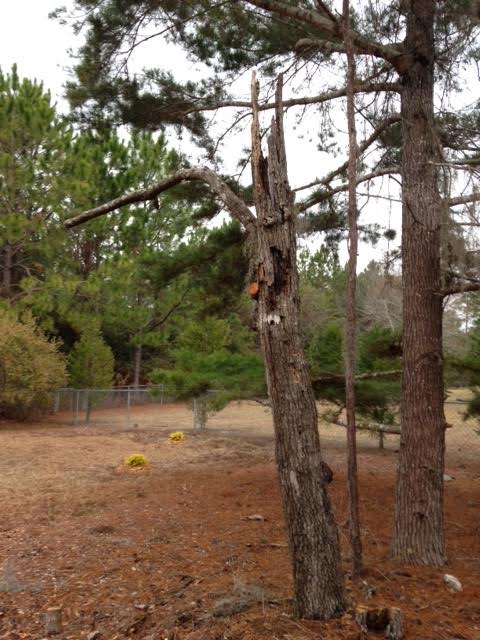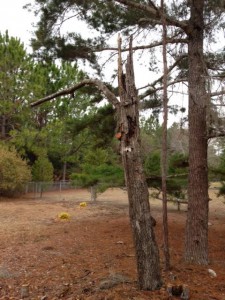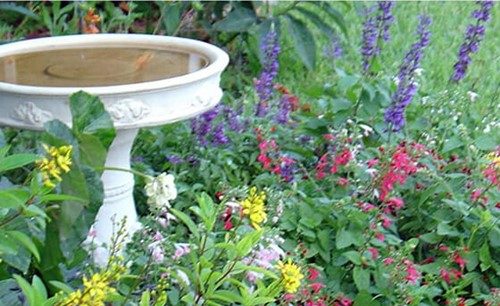
Backyard Landscaping Tips to Support Birds This December
NATURE’S NOMADS
Florida has a diverse array of birds. Warblers, raptors, shorebirds, and more may be spotted now in North Florida. Your yard or landscape can serve as an ideal habitat for wildlife, particularly birds. Even a modest quarter-acre plot can be intentionally designed to offer a supportive environment for a variety of birds. Transforming your backyard into a sanctuary for birds might allow you to witness these fascinating visitors firsthand.
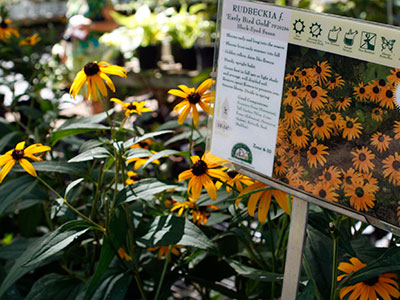
CONSIDER NATIVE PLANTS
Bring a touch of local charm to your yard by choosing native plant species whenever you can. Native birds have a natural connection with these plants, having evolved alongside them. What’s more, landscapes featuring Florida-native plants demand less attention and resources compared to those with non-native varieties. Native plants are well-suited to the local soil conditions, usually need less fertilizer, and boast better resilience against common pests and diseases. Embrace the beauty of native flora while making your yard a low-maintenance haven for both birds and nature.
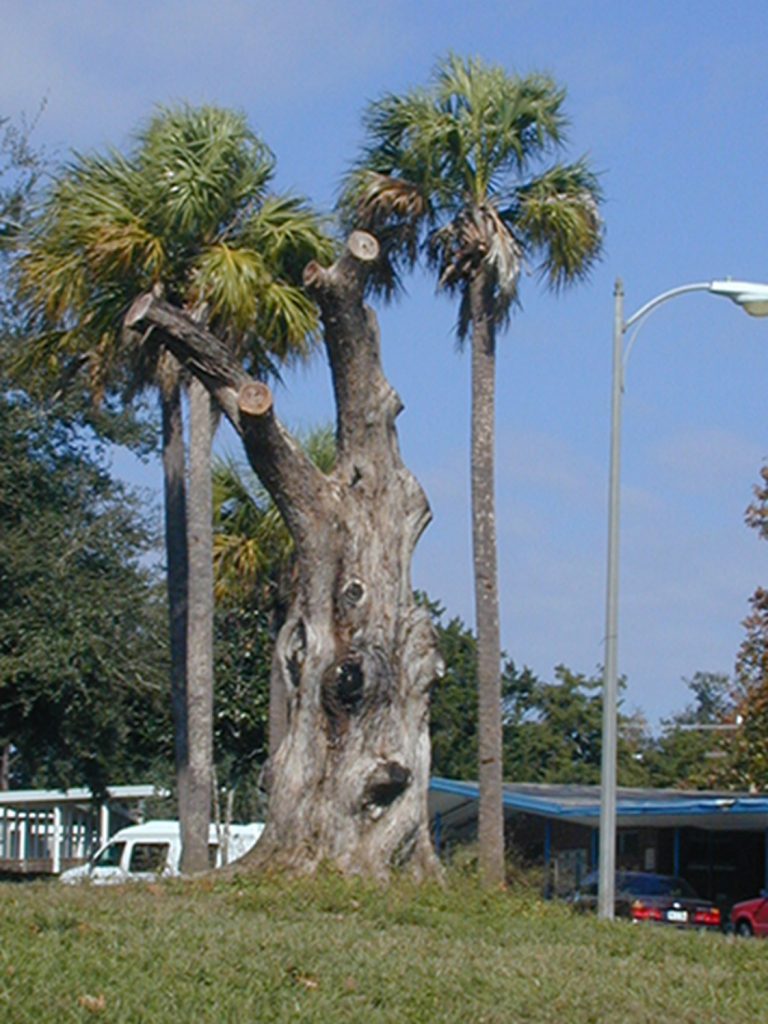
MAKE SAFE COVER AVAILABLE
When trees face disease or reach the end of their life, think about leaving them as standing snags—imperfect yet invaluable shelters for wildlife to feed and nest. Additionally, creating a couple brush piles, especially near other plants, offers fantastic cover and feeding spots for birds. These piles not only provide a feeding opportunity for our feathered friends but also act as protective hideouts in open spaces. Embrace the natural cycle by turning aging trees and brush into welcoming havens for local wildlife.
INCLUDE A VARIETY OF LAYERS
Birds take to the skies, and for a thriving habitat, it’s essential to have various levels in your environment—tall trees, medium-sized trees, high and low shrubs, and groundcover. The more diversity, the better, as different bird species rely on different layers for their needs.
Tall trees play a crucial role, creating a sort of continuous woodland environment where birds can gracefully move from tree to tree. The choice of trees and shrubs you plant significantly influences the overall health of your landscape. Opt for species that suit your specific site and soil conditions to ensure a welcoming and supportive environment for our avian friends
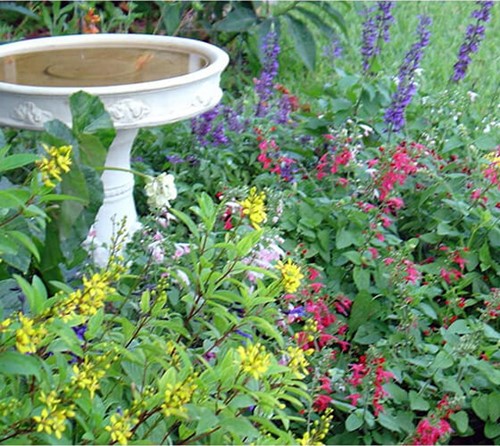
ADD A WATER SOURCE
Water is a vital ingredient for wildlife environments, and birds reap the rewards from any water source you offer. It can be as easy as placing a shallow dish or bowl filled with water or adding a small fountain to your outdoor space. Just remember to switch out the water regularly to thwart mosquito breeding and ensure a clean and refreshing oasis for our feathered companions.
UTILIZE BIRD FEEDERS
A delightful way to connect with nature and witness birds up close is by using bird feeders. Not only does this provide an opportunity for observation, but it also supplements the natural food sources available to birds near your garden. For those interested in incorporating bird feeders, it’s important to remember proper care and maintenance. Neglected feeders can become breeding grounds for mold and bacteria, posing a risk to the health of the birds. A recommended practice is to clean feeders at least once every 1-2 weeks, or more frequently in wet or humid conditions, using a diluted bleach solution. For nectar feeders, a simple wash with soap and hot water is sufficient. Always ensure the feeders are thoroughly dry before refilling them with bird feed. This way, you not only create a welcoming space for our feathered friends but also ensure their well-being through responsible feeder care.
WINTER WANDERERS
Creating a bird-friendly backyard in North Florida is not only a satisfying project but also a meaningful way to help protect our feathered friends. By making smart choices in your landscaping, you can turn your outdoor space into a welcoming sanctuary for birds. The benefits are twofold: you get to enjoy the colorful variety of bird species visiting your backyard while also contributing to the conservation of biodiversity in the area. Let your backyard showcase the harmonious relationship between humans and nature’s nomads. For tips on landscaping that supports birds, reach out to your local county extensions office.

